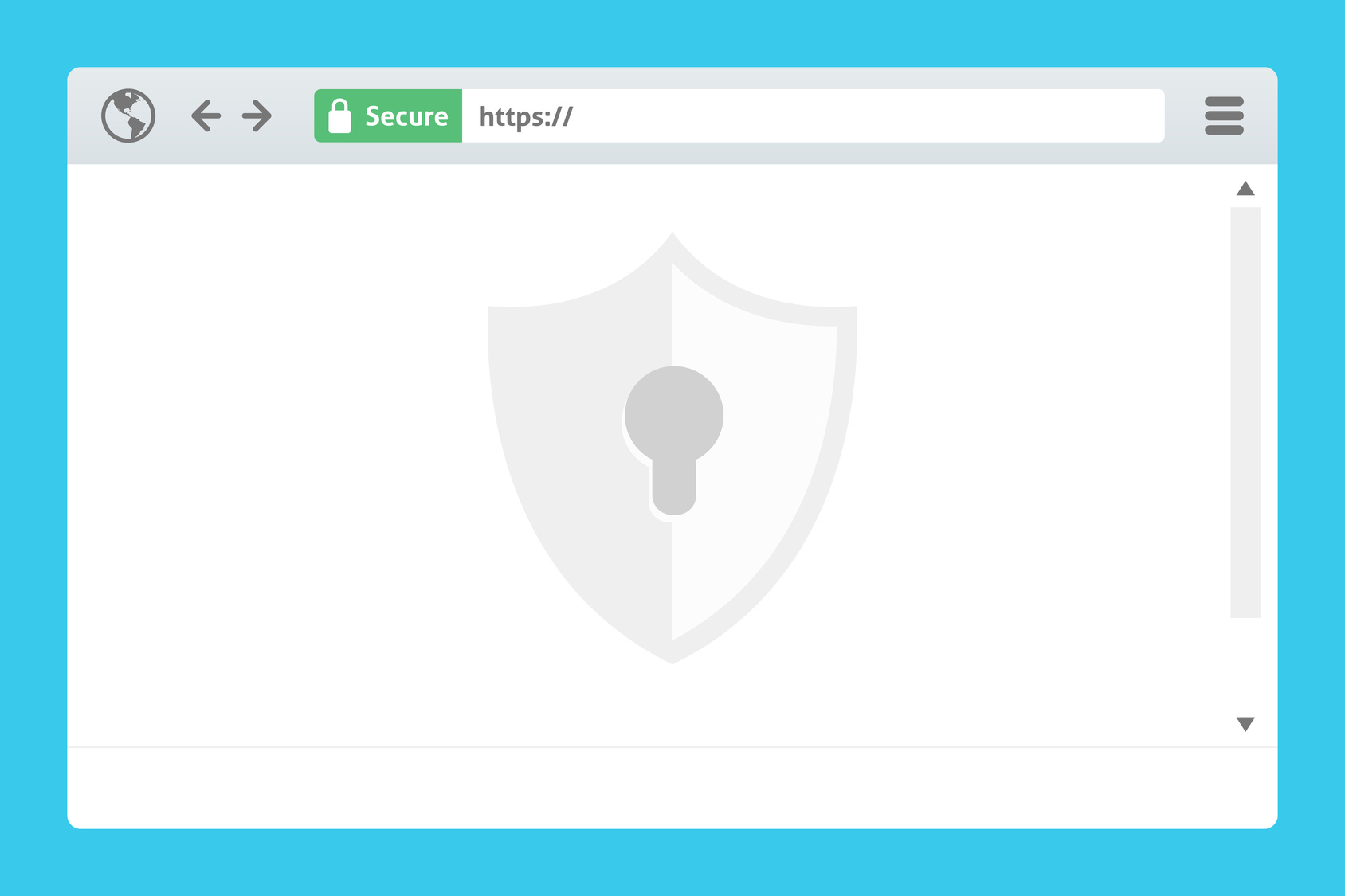Insurance sites are home to highly valuable information, including both internal company operations and private user details.
Although most site users will navigate your pages in good faith, some could be looking for ways to hack the system. They may be in search of personal details or big money. Either way, all it takes is one hole in your website security to open a world of access.
Knowing what it takes to have a secure website is not common knowledge, but thankfully, there are a few key places to start.
Here are five tips for keeping your insurance site under protection at all times.
1. Use a Trusted Host
It is much easier to be proactive than reactive when it comes to site security. Before you do anything to boost the user experience or search performance of your site, you need to make sure it operates on a trusted host.
Choosing a domain provider is like shopping for Top Quote Life Insurance — you can only afford to go with the best.
The right host will be transparent about its security policy and offer premium backup services. It will also be sure to protect all file uploads.
Some hosts can be free while others offer different plans based on the level of protection and ownership you are looking for.
Since an insurance site deals with sensitive information, choose a host with the strongest level of protection, no matter the price tag.
2. Understand SSL Is a Must
SSL, or Secure Sockets Layer, is not an option. It is one of the most valuable things you can have in your secure website toolbox.
It encrypts the connection between a site and a browser, which increases the level of trust for both you and your consumers. This blocks out any third parties from entering forms like transactions and user sign-ups.
The most telling sign of an SSL-encrypted site is having an “s” at the end of “http.”
3. Protect All Passwords
No matter how powerful your server password may be, your system is still at risk if you don’t educate employees and users on password protection.
An easy way to do so is to have an automatic password update for employees. This can run every quarter or six months to remind your team to change their passwords.
The same goes for users, although you may not want to make them change a password as often. A good tactic is to have new members of your insurance policy start with a complex password using a mix of letters, numbers, and symbols.
4. Monitor Your Site
Setting up a strong website is one thing, but making sure it stays secure is another.
Having a trusted service monitor your site is the same as having security cameras for your home or brick and mortar location. It keeps an eye on everything 24/7, while taking some pressure off you.
Site monitoring services alert you when your system is down.
This does not necessarily mean a cause for security panic, but it always good to know if there is a glitch in the user experience.
5. Validate Everything
Most insurance websites have some sort of user forms, from contact information to policy sign-ups and payments.
No matter the use of your forms, be sure to validate them.
Validation only lets complete, trusted information go through. It can save a simple mistake like an incomplete form, or prevent a malicious line of code from entering your site.
Either way, no validation is not worth the risk.
We’ll Help You Maintain a Secure Website
Keep track of your site security all day every day with a trusted monitor.
Our system uses multiple resources to check and double-check site performance.
You can never be too safe, but you can be too lenient. Stay on the right side of site security and contact us today.




